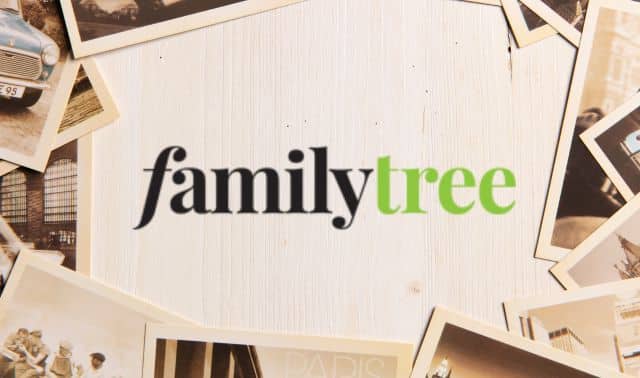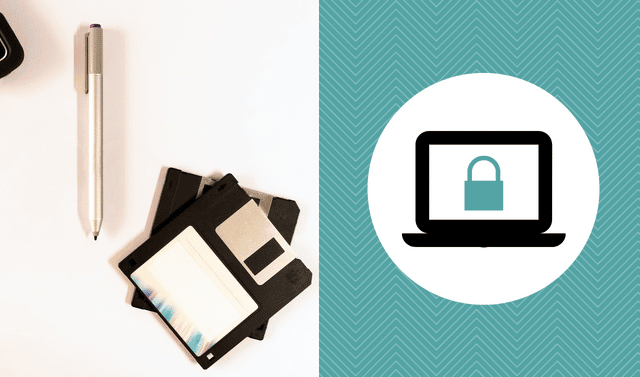Communications that once took place on paper now buzz across wires and through the air, to be read and deleted or lost in someone’s inbox.
The instantaneous nature of e-mail means we rarely keep the resulting communiqués. Even the very first e-mail, sent in 1971 by a programmer named Ray Tomlinson, is lost.
To preserve the US government’s e-mails and other electronic records, the National Archives and Records Administration (NARA) contracted with technology firm Lockheed Martin to create an Electronic Records Archives.
NARA’s challenge: Store an exponentially increasing number of electronic records created in ever-changing formats so they’ll be easily accessible now and in the future.
But what’s the average family to do with its important e-mails? Before hitting Delete, view your son’s jokes and your cousin’s new-baby news through a descendant’s eyes. You can save meaningful messages by copying each one to your hard drive, or by exporting an archive (look under the File menu in your e-mail software).
Digital files have their own preservation challenges, though, including computer crashes and technological obsolescence. The best way to save e-mails is to print them on acid- and lignin-free paper and keep them with your family letters.
With the messages on a tangible medium, future generations will be able to easily access them.




